A blister package consists of a clear thermoformed plastic shell (blister) affixed to a printed paperboard backer card (blister card). The consumer is able to visually inspect the product through the transparent blister, and can find important information pertaining to the product, such as instructions for use, offerings of other products, or warnings for the consumer, on the attached blister card.
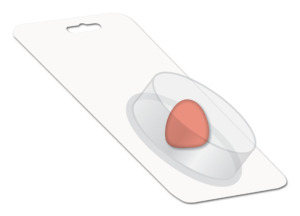
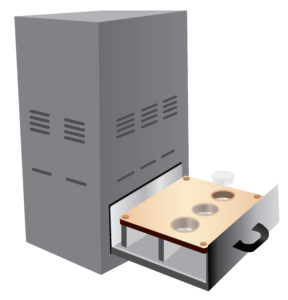
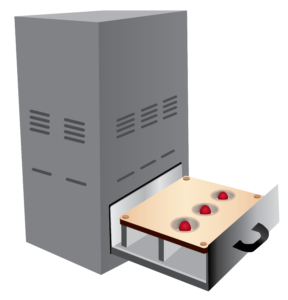
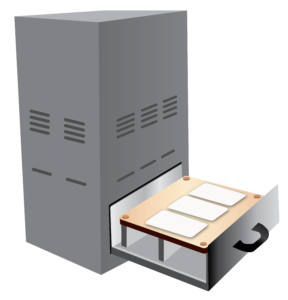
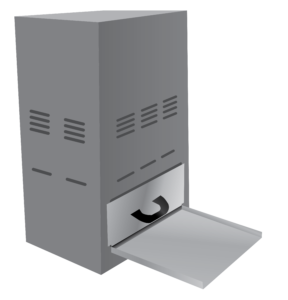
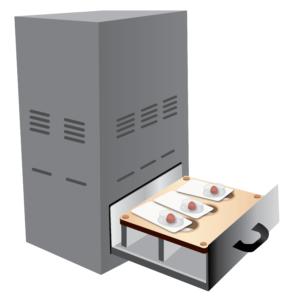
Blister board is specially-made so that heat may pass through it during the final stage of the blister packaging process. Multiple copies of the blister card are printed on each sheet of paperboard and afterward the paperboard sheets are coated with a heat-activated adhesive. The cards are cut out using a custom die—a wooden board embedded with sharp steel cutting rules—to ensure that each card is identical in size and shape.
Blister packaging machines are used to bond the backer card to the blister. The positioning of the blister and its card is controlled using a custom tooling bed, made of wood or steel, with holes to support each blister.
Blisters are positioned in the tool, and the product is placed into each blister. Blisters are often custom-made to perfectly fit the product but standard stock blisters are also available. PVC is a popular choice of material for manufacturing blisters because it stands up to heat without cellular deterioration, and has excellent transparency,
A backer card is placed on top of each blister, with the glue-covered side toward the blister, and the tooling bed is moved into the blister packaging machine.
Inside the blister packaging machine, heat and pressure are applied to the top of the tool, the adhesive is activated, and a lasting bond is formed between the backer card and the blister. The glue is strong enough to keep the blister attached to the card when the finished packaging is displayed, but is semi-permanent so the consumer may easily remove the blister to free the product.
After its allotted time, the final packaged products are removed from the blister packaging machine, and the machine is reloaded.
